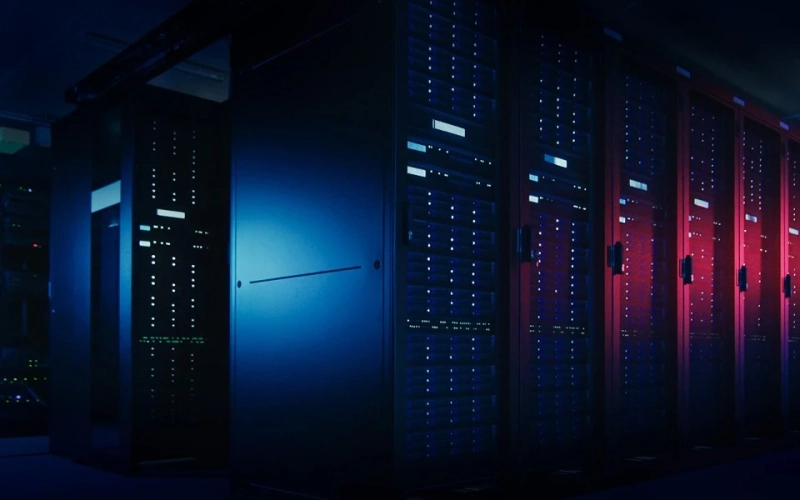Have you ever experienced the need to store your important files, documents, or data on a device other than your computer? Network attached storage (NAS) technology is designed just for that. Allowing you to store and access data from any device through a network connection, NAS technology is becoming increasingly popular. In this blog post, we will discuss what is NAS and how it is better than other external storage technologies.
What is NAS technology?
NAS technology is a specialized file-level computer data storage that provides data access to multiple users via a local area network (LAN) or over the internet. The NAS device includes one or more storage drives, a processor, and software to connect to a network. NAS technology allows multiple devices to access and manage files without the need for a dedicated server.
Benefits of NAS technology
One of the most significant advantages of NAS is its scalability. NAS devices can be expanded by adding more drives or linking them together, making it easy to store large amounts of data. A NAS can also provide network backups, data synchronization, media streaming, and cloud integration. With cloud integration, NAS devices can be accessed from anywhere in the world for businesses with remote workers or flexible work environments. It is also more power-efficient compared to other storage servers.
How is NAS technology better than other external storage technologies?
Unlike external hard drives, which can fail or be lost, NAS devices can store multiple copies of files across different drives to ensure data redundancy. Data redundancy is also essential for data recovery, allowing the user to recover files even after losing some data. External hard drives are also less secure since they can be removed easily, and they require manual backups.
Compared to cloud storage, NAS is more secure as data is stored on-premise, providing more privacy for users. NAS can also offer faster data transmission because of its local storage concept and faster internet speeds for businesses with remote workers.
Connectivity options
NAS technology can be accessed through various connectivity options, including Wi-Fi, Ethernet, or Bluetooth. Network options provide faster data transfer speeds, while wireless options provide ease of access. There are also mobile apps available for iOS and Android users, providing users access to their NAS device on the go.
Conclusion
In conclusion, NAS technology is an excellent addition to any networked office or home setup. It offers scalability, redundancy, and security while improving data access and backups for users. Compared to other external storage technologies,Enterprise NAS devices are efficient, affordable, and flexible. With the rise of remote work, cloud integration, and faster internet speeds, NAS devices are becoming an essential tool in every household. Invest in a NAS device to ensure the safety and accessibility of your data.


